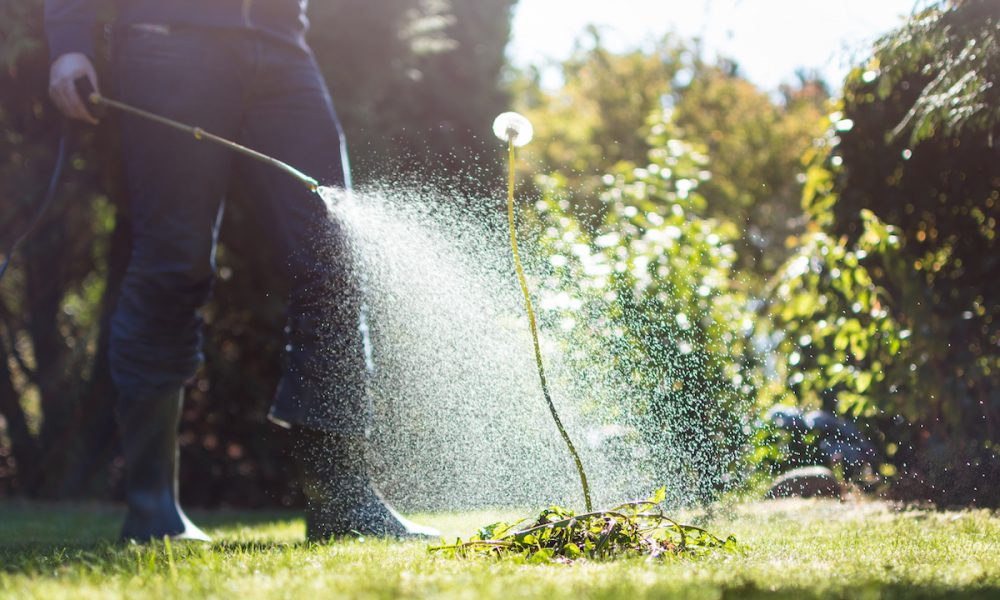
No one likes to talk about weeds, but some plants compete with your garden for nutrients, water, and light, as well as harbor diseases and pests. Here are some of the most common weeds found in gardens and lawns.
What is a Weed?
Here are definitions from the Weed Science Society of America: “A plant that causes economic losses or ecological damages creates health problems for humans or animals or is undesirable where is it growing.” Think crabgrass, giant foxtail, or common lambsquarters, for example. : “Any plant designated by federal, state or local government officials as injurious to public health, agriculture, recreation, wildlife or property.
See a list of noxious weeds by state here: http://wssa. net/links/noxious-weed-list/.
“Weeds that establish, persist, and spread widely in natural ecosystems outside the plant’s native range. When in a foreign environment, these invaders often lack natural enemies to curtail their growth, which allows them to overrun native plants and ecosystems.” Many invasive weeds are also classified as noxious.
Are Weeds Bad?
“Weeds” aren’t inherently bad. Many weeds stabilize the soil and add organic matter. Some are edible to humans and provide habitat and food for wildlife, too. See “Eating Weeds: Why Not?” The best control strategy for weeds is always prevention. Before resorting to herbicides, look first at nonchemical weed control methods.
Only taking preventative controls will reduce the weed problem in the future. This is the #1 rule with weeds. Some varieties produce tens of thousands of seeds from a single plant, multiplying your weed control problems for years to come. So make certain you remove weeds around your home before they flower and produce seeds.
Weed Prevention
Inspect your garden daily.
Just pull them up or cut them off below the soil line. Be careful to keep your digging shallow to you don’t bring new weeds seeds to the surface. Do not leave pulled weeds on the surface; discard! Weeds are easier to remove when the ground is moist, such as the day after a rainfall.
Mow the lawn regularly to keep lawn weeds from producing seed. Mow off these green leaves! Be careful when buying materials from garden centers. Ask for weed-free mulch, manure, compost, and soil. Read grass seed labels to make sure they don’t contain other crop seed. In the spring or fall when it’s not gardening season, you could break up the top 4 to 8 inches of soil, rake it flat, and cover the soil in plastic sheeting for 6 to 8 weeks before seeding.
But once you’ve seeded, do not till a garden area if it’s filled with perennial weeds; you’ll only break up the underground tubers and spread weeds around.
Use Mulch and Section off Your Yard
Apply a layer of mulch! Weeds seeds have a harder time pushing through the mulch, and mulch blocks sunlight Water right around your plants; do not sprinkle your entire garden or you’re watering your weeds.
Establish a perimeter. Pay special attention to the area adjoining your flower bed, garden, natural area or lawn and establish a weed-free perimeter. Mow or mulch the area or pull or dig up weeds as they emerge. You’ll help to reduce the number of new weed seeds in the area you want to protect.
Pay special attention to perennial weeds. Perennial weeds (versus annuals) are more difficult to control. You need to dig up any roots, underground tubers, and rhizomes without leaving fragments behind. New weeds can grow from any pieces that break off and remain in the soil. Cut off the emerged green part of the weed with your hoe or mower—repeating the process quickly each time it regrows.
If you dig out the weed, try to remove the taproot or as much as you can. You may need to repeat it several times. When pulling out these weeds, wait until the soil is moist, and grasp low on the stem to avoid breaking it off. With these techniques, you’ll soon find that you won’t spend much time weeding the following years! Below are the top-ranked lawn and garden weeds.
Field Bindweed, the Worst Weed to Have
Field bindweed is a hardy perennial vine that has been given many names, including perennial or wild morning-glory, creeping jenny, sheepbine, cornbind, and bellbine. Bindweed is NOT the same as the ornamental annual morning-glory (in the genus Ipomea) which has a larger (2-inch wide) and more showy flower that can be white to blue or purple; it also has a thicker stem that is sometimes hairy and heart-shaped leaves that are 1 ½ inches wide and 2 inches or more long.
An invasive from Eurasia, field bindweed is one of the most persistent and difficult to control weeds. It spreads from an extensive rootstock and from seed. And its roots are found to depths of 14 feet! Lateral roots becoming a secondary vertical root. A single field bindweed plant can spread radially more than 10 feet in a growing season.
Bindweed sprouts in late spring and can be seen throughout the summer. Though the plant’s flowers are attractive, field bindweed can become a big problem in warm weather, when they spread ruthlessly. Unfortunately, tilling and cultivation seem to aid bindweed spread. Fragments of vertical roots and rhizomes as short as 2 inches can form new plants! Field bindweed also is very drought tolerant and once established is difficult to control even with herbicides.
This is why it’s so important to maintain a consistent maintenance and weeding schedule. Need help with yours? Click here to learn more about our lawn maintenance services.